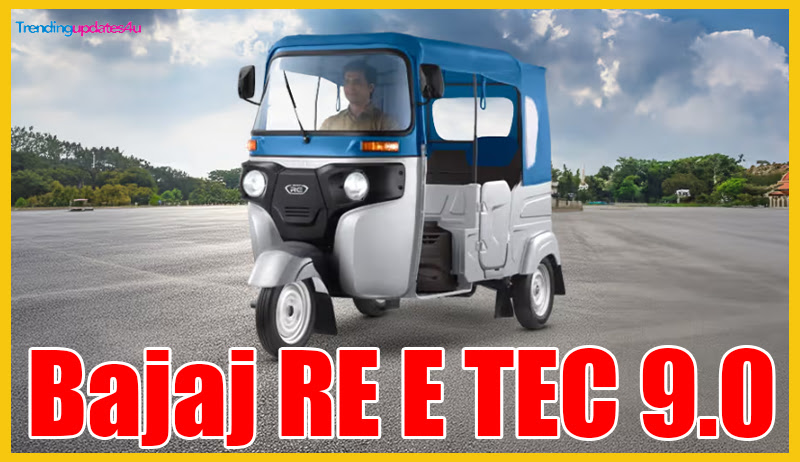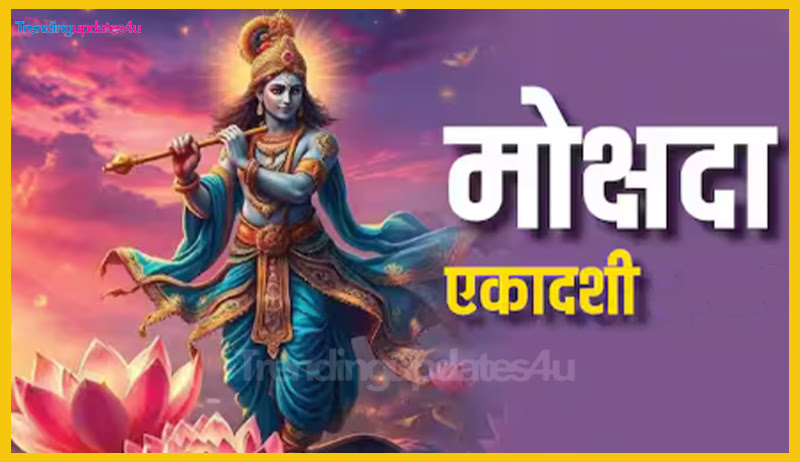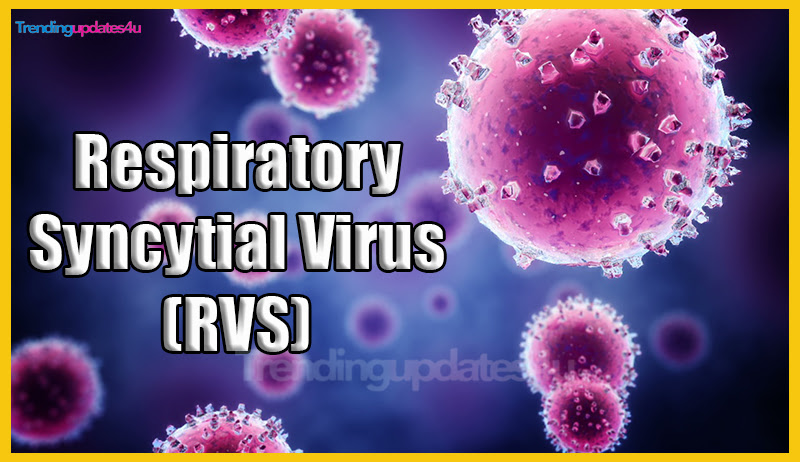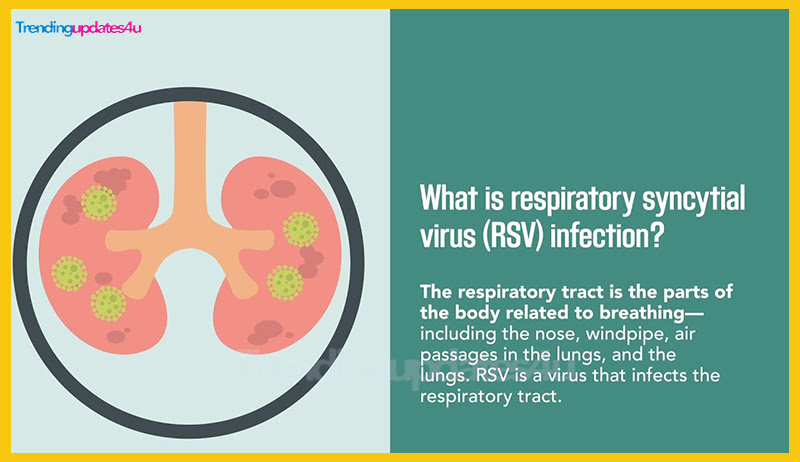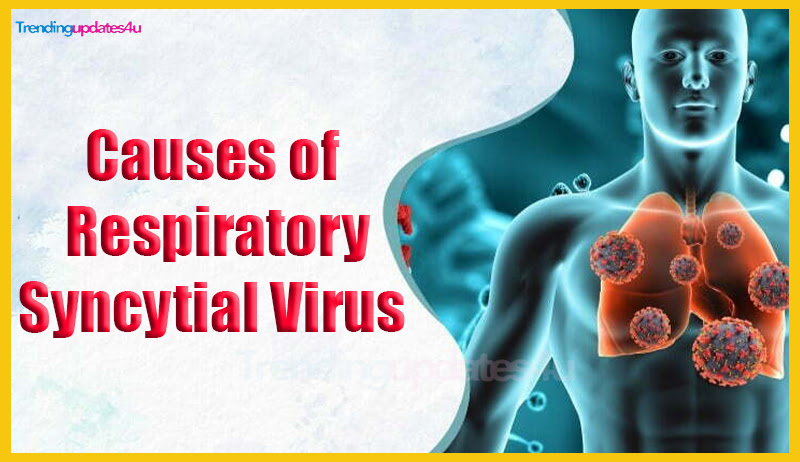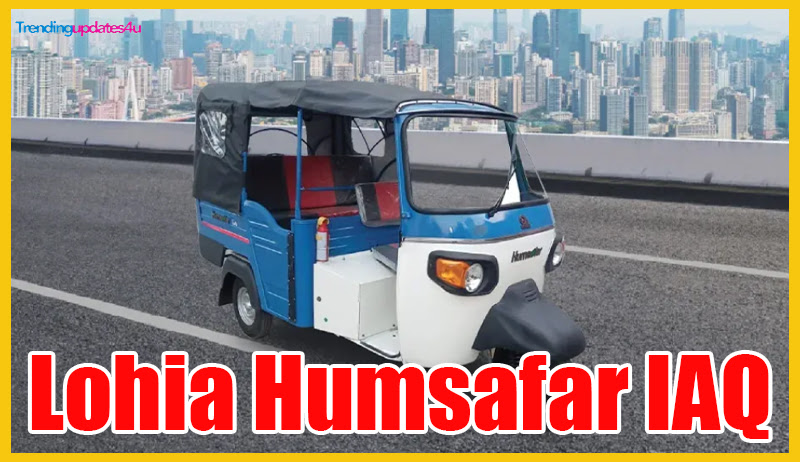Mokshada Ekadashi 2025:- Mokshada Ekadashi is one of the most significant and spiritually revered days for devotees of Lord Vishnu. Observed during the Ekadashi Tithi of Shukla Paksha in the month of Margashirsha, it is believed to provide liberation from the cycle of birth and death, hence the name Mokshada meaning “granting salvation.” This year, Mokshada Ekadashi falls on December 11, 2024.
Let us delve deeper into its date, timings, rituals, and spiritual significance.
Mokshada Ekadashi (मोक्षदा एकादशी) 2025
Margashirsha Shukla Ekadashi, known as Mokshada Ekadashi, is a day believed to grant salvation. It is also the day when Lord Krishna imparted the wisdom of the Bhagavad Gita to Arjuna. Worshiping and performing charitable acts on this sacred day are said to yield immense spiritual and material benefits. This year, Mokshada Ekadashi is being observed on December 11, 2024. Let us explore the puja rituals and the auspicious timings for this significant occasion.
Mokshada Ekadashi Details
| Aspect | Details |
| Article for | Mokshada Ekadashi |
| Month & Tithi | Margashirsha Shukla Ekadashi |
| Date | December 11, 2024 |
| Ekadashi Tithi Begins | December 11, 2024, at 03:42 AM |
| Ekadashi Tithi Ends | December 12, 2024, at 01:09 AM |
| Parana Time | December 12, 2024, from 07:04 AM to 09:08 AM |
| Dwadashi End Moment | December 12, 2024, at 10:26 PM |
| Significance | Grants salvation, cleanses sins, fulfills desires |
| Category | Trending |
| Key Rituals | Fasting, puja, chanting mantras, reciting Vishnu Sahasranama |
Mokshada Ekadashi: Date &Time
- Ekadashi Tithi Begins: December 11, 2024, at 03:42 AM
- Ekadashi Tithi Ends: December 12, 2024, at 01:09 AM
- Parana Time: December 12, 2024, from 07:04 AM to 09:08 AM
- Dwadashi End Moment: December 12, 2024, at 10:26 PM
Parana Note: Devotees must break their fast during the Parana time on Dwadashi Tithi for maximum spiritual benefits.
Mokshada Ekadashi Significance
Mokshada Ekadashi holds a unique place among the 24 Ekadashis observed annually. Devotees believe that fasting on this day cleanses the soul of past sins and ensures a place in Lord Vishnu’s abode, Vaikuntha Dham.
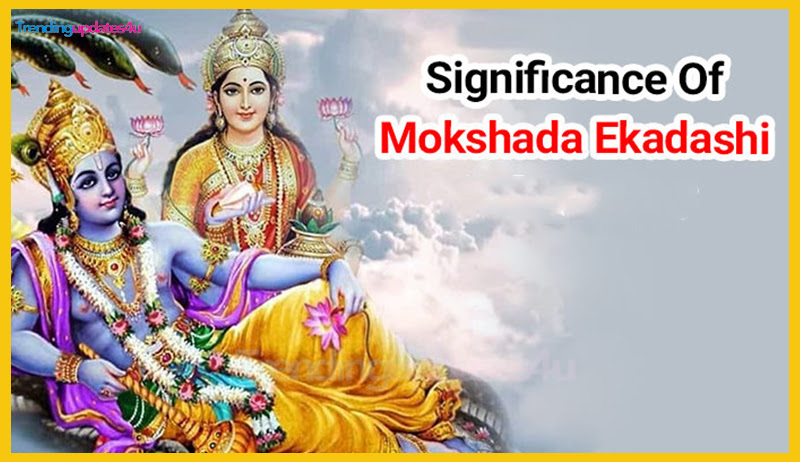
- Salvation and Spiritual Benefits: The fast and worship on Mokshada Ekadashi are aimed at achieving salvation (moksha). It liberates the devotee from the cycle of birth and death.
- Blessings of Prosperity and Serenity: Worshipping Lord Vishnu on this day grants peace, prosperity, and fulfillment of desires.
- Divine Connection: Chanting Vishnu mantras and reciting Vishnu Sahasranama helps devotees connect with Lord Vishnu, enhancing spiritual growth.
Mokshada Ekadashi Puja Vidhi
Performing the rituals with devotion and faith is vital for spiritual fulfillment. Here’s the step-by-step puja process:
- Morning Rituals:
- Wake up early and take a holy bath.
- Clean your home and the puja area thoroughly.
- Preparation for Worship:
- Take an idol or photo of Lord Vishnu, Lord Krishna, or Laddoo Gopal Ji and give them a sacred bath.
- Place the idol or image on a clean wooden plank with a Shree Yantra.
- Offering to the Deity:
- Light a diya using desi ghee.
- Offer Tulsi Patra, a garland, fruits, sweets, paan, elaichi, and supari.
- Mantra Chanting and Recitation:
- Chant mantras such as:
- Om Namo Bhagvate Vasudevaye
- Hare Ram Hare Ram Ram Ram Hare Hare Hare Krishna Hare Krishna Krishna Krishna Hare Hare
- Recite Vishnu Sahasranama and Shree Hari Stotram.
- Chant mantras such as:
- Evening Rituals:
- Offer prayers again in the evening and narrate the story of Mokshada Ekadashi.
- Conclude with the aarti of Lord Vishnu.
- Breaking the Fast (Parana):
- Break the fast on Dwadashi Tithi with fruits or light, sattvic food like fresh juices and coconut water.
- If a strict fast was observed, break it during the designated Parana time.
Mokshada Ekadashi: Mantras for Devotees
Chanting these mantras amplifies the spiritual energy on this auspicious day:
- Om Namo Bhagvate Vasudevaye
- Achyutam Keshavam Krishna Damodaram Ram Narayanam Jaanki Vallabham
- Hare Ram Hare Ram Ram Ram Hare Hare Hare Krishna Hare Krishna Krishna Krishna Hare Hare
- Ram Ram Raameti Rame Raame Manorame Sahasranama Tatulyam Ram Naam Varanane
Mokshada Ekadashi Fasting Guidelines
- For Strict Fasters: Completely abstain from grains, pulses, and regular meals. Consume fruits, milk, and water.
- For Partial Fasters: Consume light sattvic meals avoiding rice, onions, and garlic.
Conclusion
Mokshada Ekadashi 2024 is not just a day of fasting but a divine opportunity to seek the blessings of Lord Vishnu. By following the rituals, chanting mantras, and observing the fast, devotees can purify their souls and move closer to attaining salvation.
Make this Mokshada Ekadashi a spiritually enriching experience by adhering to the ancient traditions and practices that connect you with the divine.
FAQ’s
What is Mokshada Ekadashi?
Mokshada Ekadashi is a sacred day observed during the Shukla Paksha of Margashirsha month. It is believed to grant salvation (moksha) and spiritual liberation from the cycle of birth and death. Devotees worship Lord Vishnu and perform charitable acts on this day.
When is Mokshada Ekadashi in 2024?
Mokshada Ekadashi will be observed on Wednesday, December 11, 2024.
What are the timings for Mokshada Ekadashi Tithi in 2024?
- Ekadashi Tithi Begins: December 11, 2024, at 03:42 AM
- Ekadashi Tithi Ends: December 12, 2024, at 01:09 AM
When is the Parana time for Mokshada Ekadashi?
Parana, the time to break the fast, is on December 12, 2024, between 07:04 AM and 09:08 AM.
What is the significance of Mokshada Ekadashi?
Mokshada Ekadashi is of immense spiritual importance as:
- It marks the day Lord Krishna imparted the Bhagavad Gita to Arjuna.
- Worshiping Lord Vishnu on this day grants peace, prosperity, and fulfillment of desires.
- Observing fast and performing charity are believed to lead to salvation and cleanse past misdeeds.
What are some mantras to chant on Mokshada Ekadashi?
- Om Namo Bhagvate Vasudevaye
- Achyutam Keshavam Krishna Damodaram Ram Narayanam Jaanki Vallabham
- Hare Ram Hare Ram Ram Ram Hare Hare Hare Krishna Hare Krishna Krishna Krishna Hare Hare
- Ram Ram Raameti Rame Raame Manorame Sahasranama Tatulyam Ram Naam Varanane


